Interview: Tom Wood
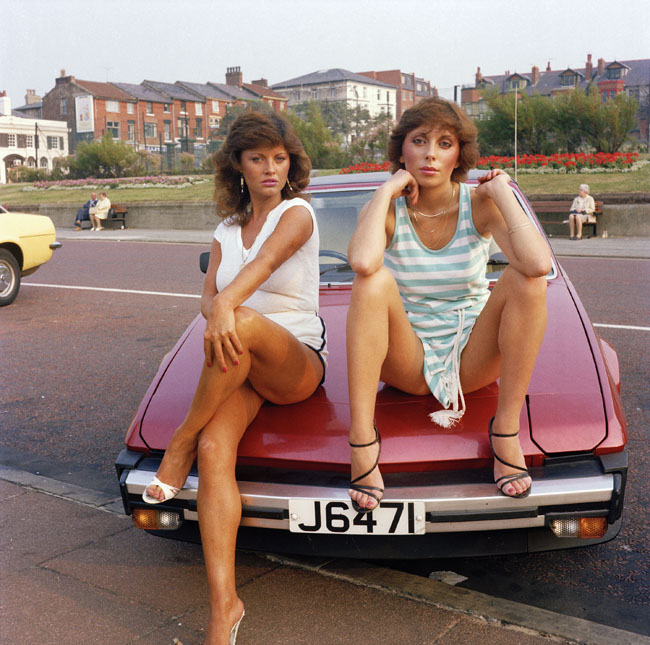
Originally trained as a painter, Irish born Tom Wood is better known as a street photographer, with his earlier work focused on the Merseyside area (1978-2001). Following a number of successful photo-book releases such as his infamous nightclub series Looking for Love (1989) and Photie Man (2005), Tom’s work was recently on display at The Photographers’ Gallery with his show Men and Women, which is also being released this year through German Publisher Steidl in the form of two books. Capturing the spirit and nuances of the everyday, working class people of Liverpool, Tom spoke with us about his show at The Photographers’ Gallery and what drives him to take the pictures that he does.
When you were shooting most of your work, were you working at the time? How did you spend your days?
Up until 1998 I used to teach two days a week, around the corner from where I lived, and five days a week I used to take photographs. I had just enough money to live simply.
I did photography as well and what I like about your work is the aspect that it’s close to home. A lot of photographers tend to find stuff in other places and there’s nothing wrong with that, but I really like that element of finding interesting things close to home and being close to the people and the characters around you.
The Photie Man book was called that because that’s what the kids used to call me. I shot video all my life as well, so when I took my kids to the park with the video camera and I used to video them, as well as what was going on in the park, you could see peoples relationship with me, it was very clear. One time I left the video recorder in the park and these three lads bought it back to me.
Really! Well I guess there’s a trust there, they’re familiar with you…
That’s right. I used to give everyone pictures. There’s a funny story, about some of the more toughish lads I used to photograph. One of the them, I guess he was the leader of the gang; actually there’s a picture in the book, they were part of the ‘New Brighton Outlaws’ – anyway, they were sitting on top of a car and some girls were walking by and they just turned around and were looking at them. One of these lads used to like me, you know, I used to go round his house and have a coffee and stuff and he would sit there and smoke a joint, a normal guy you know? So this lad rode a scooter and one day he went to work early in the morning and where he lived was very quiet and it was 5 o’clock in the morning. He was at an intersection and went through the red light and he was killed. So there’s a picture of him in Photie Man, leading a gang of lads towards this girl infront of the Waltzer, I’m not sure if you know that picture; he’s from there, Mark, and I had that in the Last Resort exhibition at the Open Eye, a joint show with Martin Parr back in 1985; a very famous show from which Martin kind of made his career on. So that picture was on the wall and it was stolen! And guess what? It’s on the wall of Mark’s mother living room! You know, other people that you’d photograph and you’d see them 10 years later and they’re getting married and asking me to take their pictures. So it’s like an exchange, you know? They tolerate me and I try to give something back.
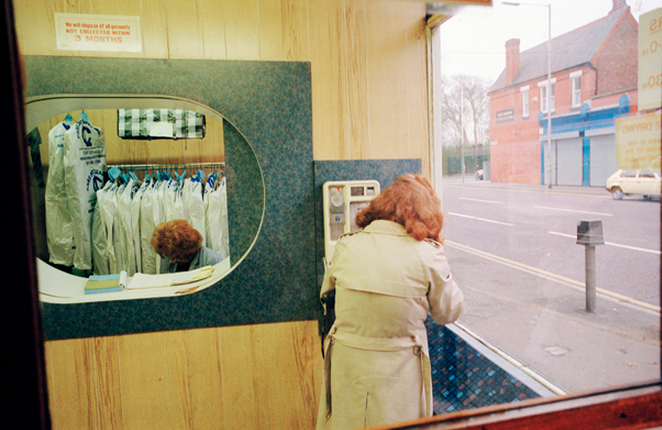

Do you think it’s changed much – I mean, nowadays there’s a lot more suspicion of people. Do you think if you were to be doing this now, you’d have the same response from the community?
I just don’t know, I mean I still photograph people, I still look at people but not as much. In those days you were fed up with kids pestering you, you used to take someone’s photo just to shut them up. Believe it or not in the early days, people used to call me David because the only photographer that people knew was David Bailey. And then I got the Photie Man tag… but as I said, you used to photograph someone just to shut them up. So six months later you’d make a print and you’d have a big box of prints always there by the door, so you’d see someone and tell them to go round the house to pick up a print.
It’s really nice, that element of your work. I mean people think you take a photograph and you’re taking something from someone else but you’re actually giving them something and there is a real exchange going on in your work. What is it about you as a character that makes you able to do that?
I just felt that I never had the right to exploit them in any way. On the cover of Looking for Love, it was my first book (in 1988), it was about nightclubbing. So the two girls on the front cover saw themselves in the book shop and they thought I was making loads of money and they came around to the house; I showed them the accounts and how I was making a loss every year, so I gave them a print and they were happy, you know?
When I went to the women’s market every Saturday morning for all those years, and I finally got a book out called People, there were a couple of pictures in there from the market. The market traders bought a couple of books off me to help me along, cause they were pleased. I would never sell any of the pictures for advertising, I mean I was offered lots of money for some of the nightclub pictures… it wasn’t easy walking down the Dock road and taking those pictures; I felt guilty anyway, I didn’t want to exploit the people… those doing car boot sales selling pornographic tapes; I didn’t know that. One week I’m not there and they’re raided by Trading Standards. So they’d see me the next week and they think I’m connected with the raid.
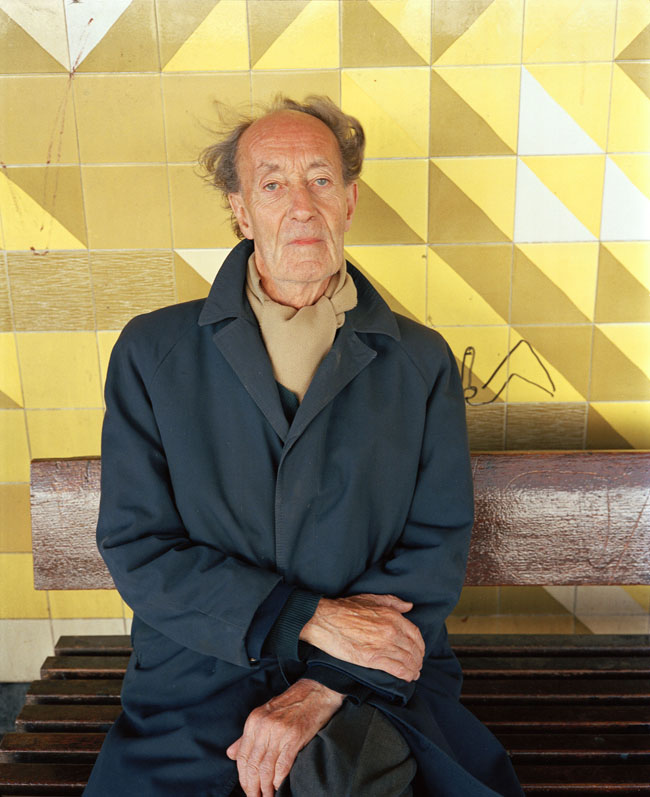
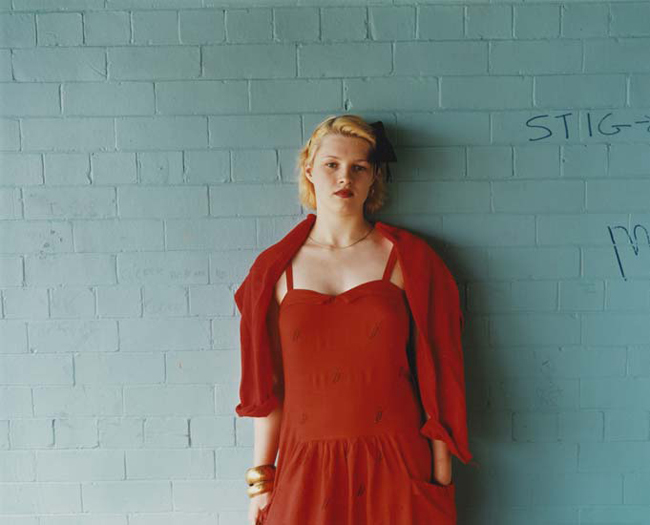
So what it is that drives you as a photographer; is it a desire to engage with these people?
I was just lucky to end up in Merseyside, I mean the people there were just great and the energy I got from just going out there. I used to go out with my camera, I mean I didn’t want to photograph in the nightclub but it was there on my door step. I’d go in there to party myself upstairs and you’d go down to the main club and I just thought I should do this.
Were you from Merseyside and you based there now?
I’m originally Irish and I was very lucky moving to the area; a lot of the women at the market reminded me of my mother and there were lots of Irish in Liverpool. There was a real connection, yet I was never really a local there, I was always a bit of an outsider.
I currently live in North Wales. My wife still works in Liverpool for about 30 years; she delivers babies, travels every day. There’s a famous art critic called John Berger, he liked my work and called me on the phone, which was amazing. Years later we moved to Wales, we had no money at all, a mortgage that we couldn’t pay and so on and I applied to the Arts Council in Wales for money to print up this backlog of work, so I asked him [Berger] for a reference and he wrote me this wonderful piece where he went into detail about my work as an artist but he also said that I’d “saved a Merseyside that was forever unlooseable”.
You’ve really captured a Merseyside, you’re putting something in the archive. There’s so many notions of what it means to be from certain regions. I’m from London and there’s so many stereotypes about what it means to be from Merseyside, but you really capture the nuances of peoples’ everyday, and not a lot of photographers can do that, in a sustained way.
I didn’t plan to do that; I aimed to make good pictures, as an artist. I was responsible to the subject; photography’s so great as you can’t tell where the form starts and content ends, you know what I mean? You take 10 pictures of the same situation and 9 don’t make it but 1 is alive, and that’s what’s interesting, that 1 alive picture.
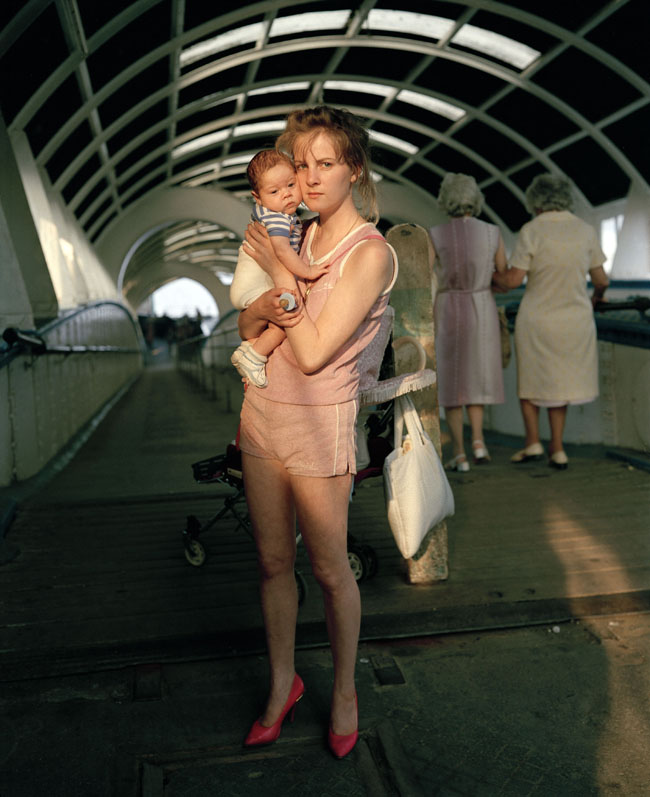
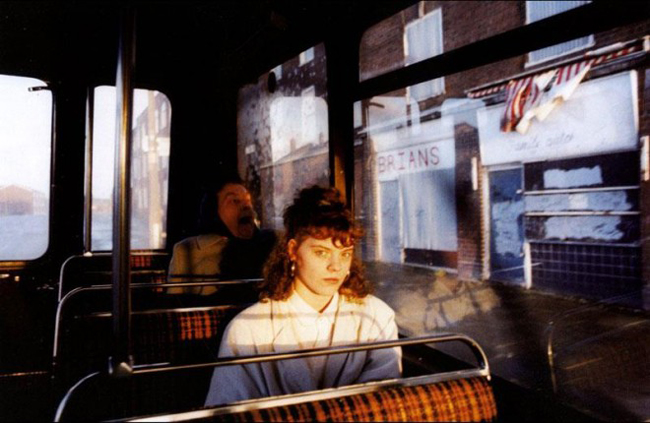
So for example with The Photographers’ Gallery, did you work with someone else, with a curator on the edit, or how do you generally work when you edit your pictures down?
I worked on the last few books with an Irish artist, Padraig Timoney; he lived in Liverpool for years, I didn’t know him and he wrote a great review of the Bus work when it came out for Frieze magazine. It was one of the first reviews that dealt with them as pictures, rather than just subject matter. Later, someone asked me to redo Looking for Love; I had all these other pictures relating to that and the original dummy I had for that work had been much more complex, so he said he’d help me. We worked on Photie Man for years and he curated some shows I’ve had and he’s done the two new books for me as well.
So working with someone else is an important part of the process for you?
What you’re interested in, in terms of the pictures, you don’t know if they’re going to work or not, and they’re the hardest ones to figure. The one’s you know are a good photo are fine, but it’s the ones you’re not sure about, if they can work… So I always use Padraig as a sounding board; I’d give him like 500 pictures, my real long shots were in there and he’d pick out a couple of those long shots and suddenly that was it; they were the really interesting ones.
In the book, Padraig puts one picture next to the other; it’s not just one plus one, it’s two; in the show he did that a bit as well. There’s one of the road, it’s called The Bog Road, in the west of Ireland – the road with the full moon, it’s a black and white image; next to that is the picture in the Tate with the back of a woman’s head looking at a Rothko. The way those images go together, it’s just way more than two individual pictures. It works on so many different levels and he’s done that so many different times, so the book is a whole other thing. Because it works so well, the curator of the show Stefanie [Braun] wanted to follow the book. Of course in the book there’s nearly 300 pictures and in the show there’s only 60 so that’s why everything got cut down. The books are much funnier though, a lot more playful.
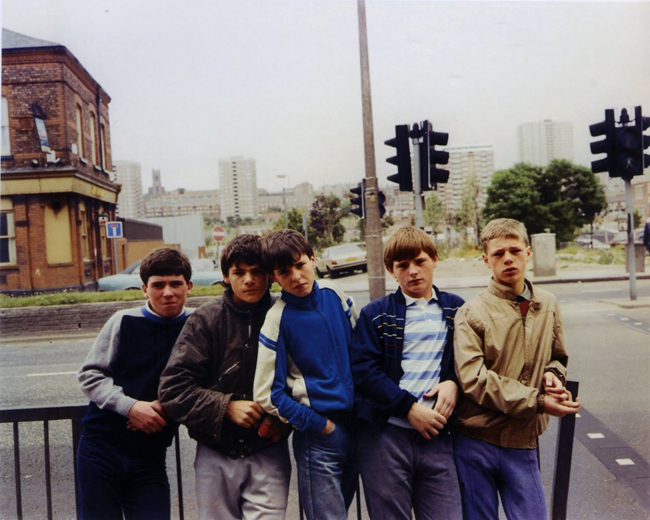
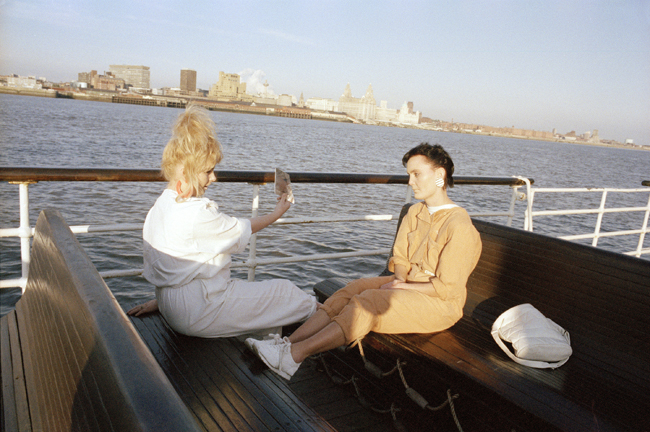
What made you decide to do the show and books now?
Well my wife’s job role has changed; she used to do three days a week and one day doing her PhD which she did over five years; now they make her do five days a week and she’s on call one night a week. So she has to drive from here, leaves at 7.15am every morning, return 19:30 and be on call one night; she’s 55. If I could make a bit of money that would be good. All I really want is to make a little bit to save my wife killing herself, and I don’t drive still so she spends her life picking me up and driving me around, as well as the kids. So I’m pleased more than anything with the 2 books coming out. And there’s more!
So what’s next?
Well the Football could be a book on its own, the Ship Yard could be a book on its own, the Mental Hospital could be a book on its own; the pictures of my own family could be a book. There’s also the landscape stuff I’ve been shooting for over 40 years; I’ve shot more landscape than I have people. So I moved here to continue shooting landscape and that’s been 10 years work.
Fantastic, so you’ve pretty much got a lot lined up.
Too much stuff, yeah. And not to mention video; I’ve done it everyday. The wife will be at work and I’ll look after the kids. I’d try to do my own work but they wouldn’t let me, so I would video them for something to do. I’ve taken video of them everyday since they were born! In some ways it’s the best body of work I’ve done, edited in camera. So to actually deal with that material and I don’t know how I’m going to do that; I have over 700 hours of that.
Tom Wood: Photographs 1973-2013 is currently on show at the Bradford Media Museum until 16 June
